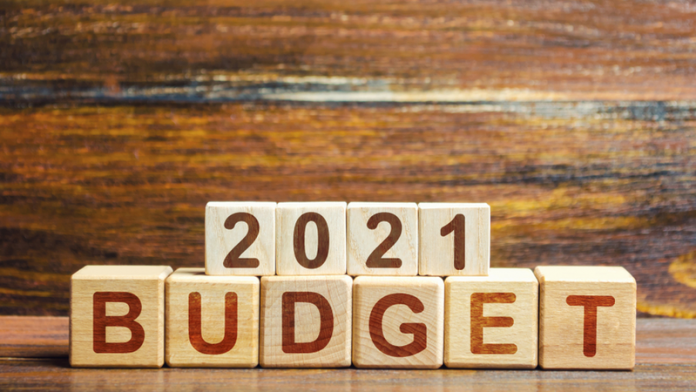The Government of Oman has made substantial fiscal adjustments since a sharp decline in oil prices since mid-2014, resulting in the formation of a foundation for Oman Vision 2040.
Approximately 20 per cent of the fiscal consolidation efforts have come from non-oil revenues while approximately 80 per cent has come from expenditure reductions.
Also Read: Here’s Everything You Need To Know About Oman’s 10th Five Year Plan 2021-2025
Key fiscal reforms over the 2014- 2019 period undertaken to support this fiscal consolidation helped in achieving the following:
Increasing non-hydrocarbon sources of revenue: by 17 per cent primarily driven by the introduction of excise taxes, the expansion of the corporate income tax, and some reforms in government service fees.
Reducing civil ministry spend: by 13 per cent thanks to efficiency gains on government operations.
Reducing the investment budget: by more than 20 per cent driven by efforts to prioritize and rationalise new projects prior to their inclusion in annual spending plans.
Subsidy reforms: expenditures on subsidies have fallen by almost 50 per cent primarily due to fuel subsidy reforms.
At the same time, The Implementation Support and Follow Up Unit (previously), and the relevant government entities have pushed business environment reforms under the 9th Five-Year Development Plan.
These reforms addressed legal, administrative, and financial challenges that companies may face and helped improve the Sultanate’s ranking in a number of international competitiveness indicators.
Despite the Sultanate’s fiscal consolidation efforts, the general state budget continued incurring fiscal deficits at an average of RO3.3bn and a cumulative deficit reaching RO20bn by the end of 2019.
To finance the fiscal deficit, the Government relied on borrowing, largely from the external market. As a result, the total debt increased from RO1.5bn in 2014 (about 5 percent of GDP) to RO17.6bn in 2019 (60 percent of GDP), while interest payments increased from approximately RO35mn to reach RO684mn in 2019 and nearly RO1bn in 2020.






